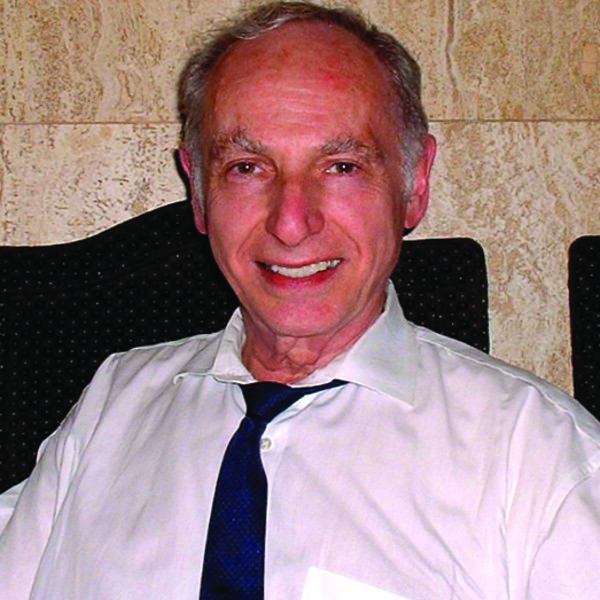Main Second Level Navigation
Philip Seeman

Philip Seeman received an M.D. from McGill and a Ph.D. from Rockefeller University. Since 1967 he has been in the University of Toronto Departments of Pharmacology and Psychiatry. He has held the Pharmacology Chair, and a University Tanenbaum Chair in Neuroscience.
He has trained over 120 graduate students and Fellows. He has received 25 awards, including the Lieber Award of NARSAD, the Lifetime Achievement Award of the Society for Biological Psychiatry, the Stanley Dean Award of the American College of Psychiatrists, the Prix Galien award, the Pasarow award in Neuropsychiatry, the Killam Prize, and the Order of Canada.
Affiliations
University of Toronto
Research Synopsis
Dr. Philip Seeman is known for his:
1. Discovery in 1975 of the antipsychotic/dopamine receptor, now named the dopamine D2 receptor. The clinical antipsychotic doses are directly predicted by their affinities at D2, providing the experimental basis of the dopamine hypothesis of schizophrenia.
2. Discovery in 1989 that the release of endogenous neurotransmitter displaces a receptor radioligand, a method now used in human brain imaging to measure the release of neurotransmitters.
3. Invention in 1993 of radioactive PHNO to label D2High receptors.
4. Discovery in 1999 that the atypical antipsychotics clozapine and quetiapine rapidly dissociate from D2, explaining why these antipsychotics are preferred by patients. This discovery led to the synthesis of new fast-off-D2 antipsychotics.
5. Discovery in 2005 that risk factors for psychosis, including gene mutations, amphetamine, cocaine, phencyclidine, cannabinoids, caffeine, steroids, birth trauma and anoxia, all elevate D2High receptors, indicating multiple causes for schizophrenia.
